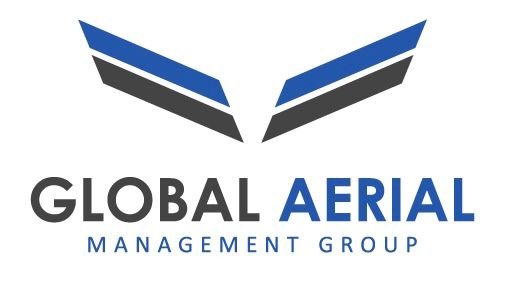Leveraging eVTOLs: A Paradigm Shift in Emergency Response
In recent years, the emergence of Electric Vertical Takeoff and Landing (eVTOL) aircraft has revolutionized the transportation landscape, offering a versatile solution for various sectors, including emergency response and healthcare. With their ability to swiftly navigate urban environments and access hard-to-reach areas, eVTOLs have the potential to significantly enhance the delivery of life-saving supplies during critical situations such as natural disasters, medical emergencies, and humanitarian crises.
One of the most compelling applications of eVTOLs in emergency response is the rapid transportation of medical supplies and equipment to areas affected by disasters or emergencies. Traditional ground-based transportation methods often face challenges such as traffic congestion, damaged infrastructure, and limited accessibility, which can hinder the timely delivery of essential supplies to those in need. In contrast, eVTOLs offer a unique advantage by bypassing ground obstacles and flying directly to affected areas, drastically reducing delivery times and ensuring swift access to critical resources.
Moreover, eVTOLs can serve as invaluable assets in medical evacuation missions, allowing for the swift and efficient transport of injured or critically ill patients to healthcare facilities. In remote or underserved regions where access to medical care is limited, eVTOLs can serve as airborne ambulances, providing rapid transport for patients in need of urgent medical attention. By reducing transportation times and overcoming geographical barriers, eVTOLs have the potential to save countless lives in emergency situations.
Furthermore, eVTOLs can play a crucial role in disaster relief efforts by facilitating the delivery of essential supplies such as food, water, shelter, and medication to affected populations. In the aftermath of natural disasters such as hurricanes, earthquakes, or floods, access to basic necessities is often severely disrupted, exacerbating the impact on affected communities. eVTOLs equipped with cargo carrying capabilities can swiftly deliver aid packages to disaster-stricken areas, providing much-needed relief to those affected and supporting humanitarian efforts.
Additionally, the agility and versatility of eVTOLs make them ideal for search and rescue operations, enabling responders to quickly locate and assist individuals in distress. Equipped with advanced sensors, cameras, and communication systems, eVTOLs can survey large areas from the air, identify survivors or stranded individuals, and provide real-time assistance to rescue teams on the ground. In scenarios where time is of the essence, such as natural disasters or maritime emergencies, eVTOLs can significantly enhance the effectiveness and efficiency of search and rescue missions, ultimately saving lives.
Several companies and organizations are actively exploring the potential of eVTOLs in medical emergency response. For instance, companies like Volocopter, Jump Aero, Zipline, and Matternet have developed specialized eVTOLs and drones designed to transport medical supplies, such as vaccines, blood samples, and medications, to remote or hard-to-reach areas. Equipped with advanced navigation systems and cargo compartments, these aircrafts can autonomously navigate challenging terrain and adverse weather conditions, ensuring timely and efficient delivery of essential medical supplies to communities in need.
In conclusion, the integration of eVTOL technology into emergency response and humanitarian aid operations represents a paradigm shift in how life-saving supplies are transported and delivered. By leveraging the capabilities of eVTOLs, emergency responders, healthcare providers, and humanitarian organizations can enhance their ability to provide timely and effective assistance to those in need, ultimately saving lives and mitigating the impact of disasters and emergencies. As eVTOL technology continues to evolve and mature, its potential to revolutionize emergency response and humanitarian aid efforts worldwide is undeniable, offering hope for a safer and more resilient future.

